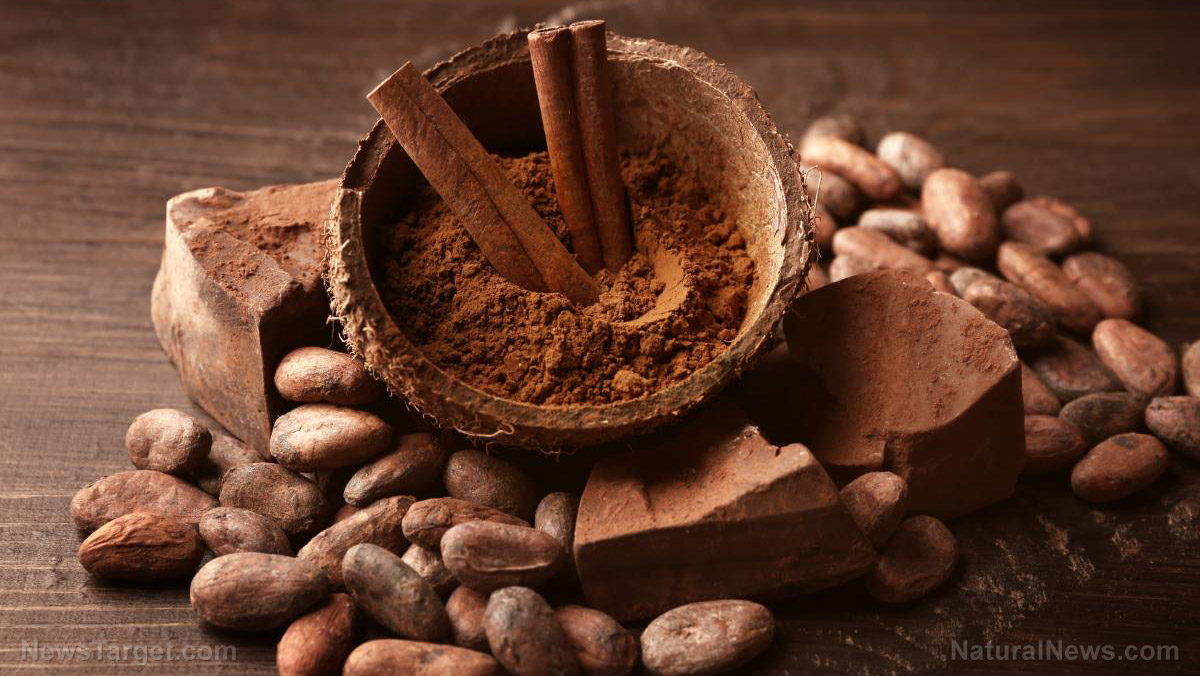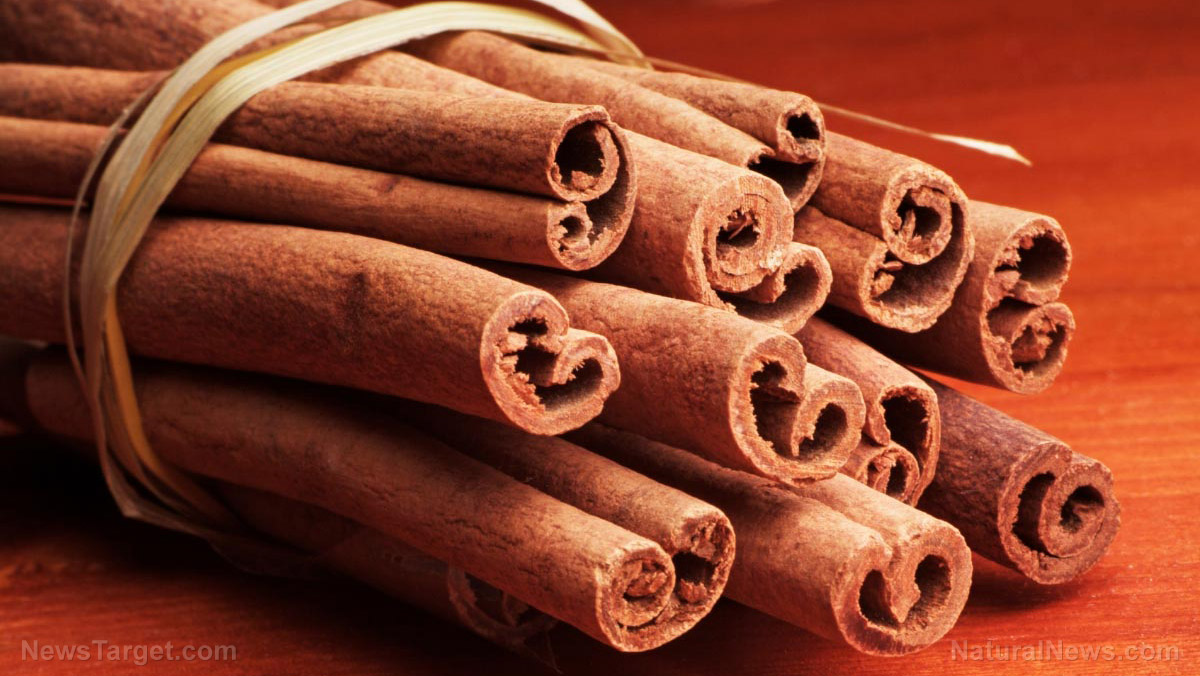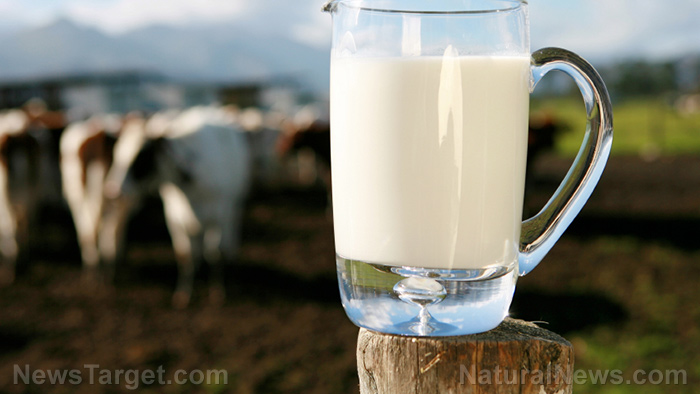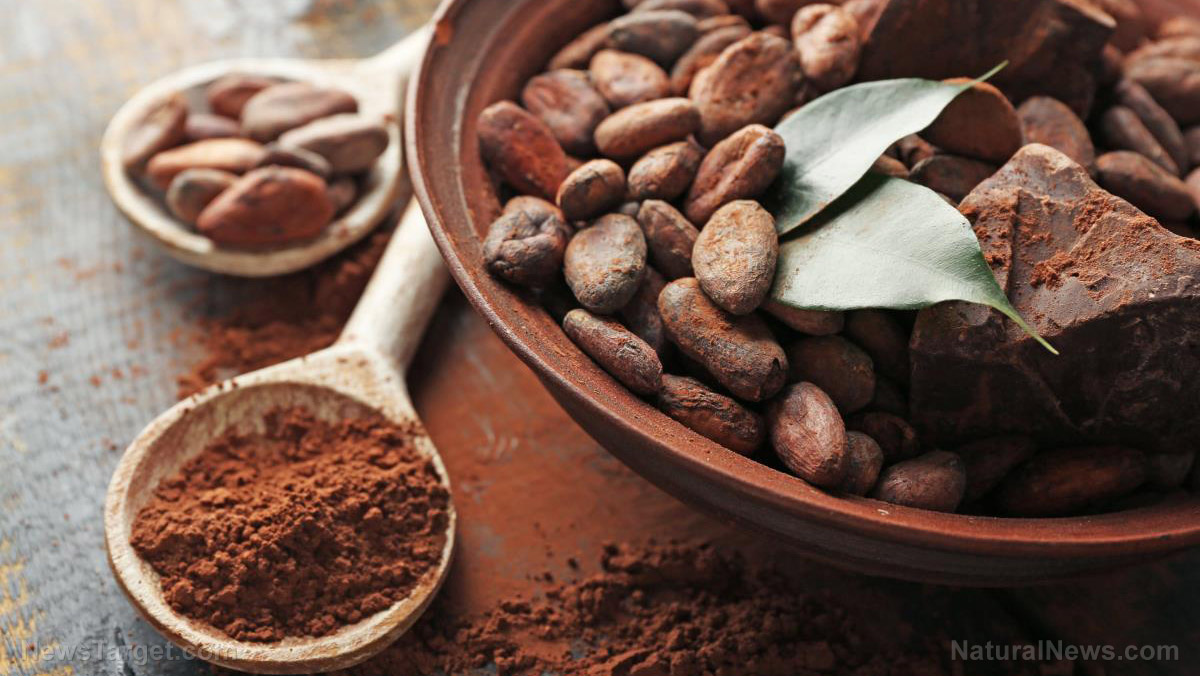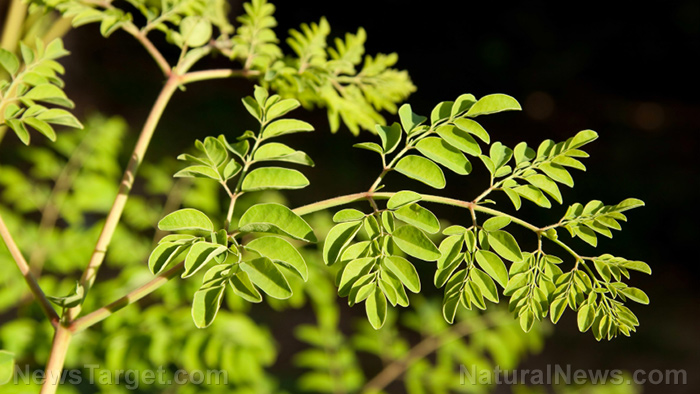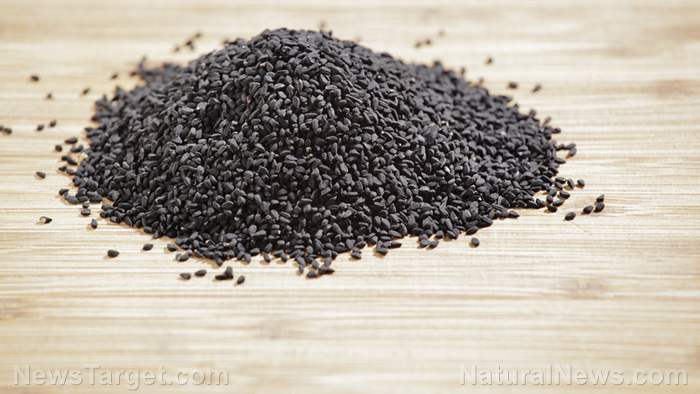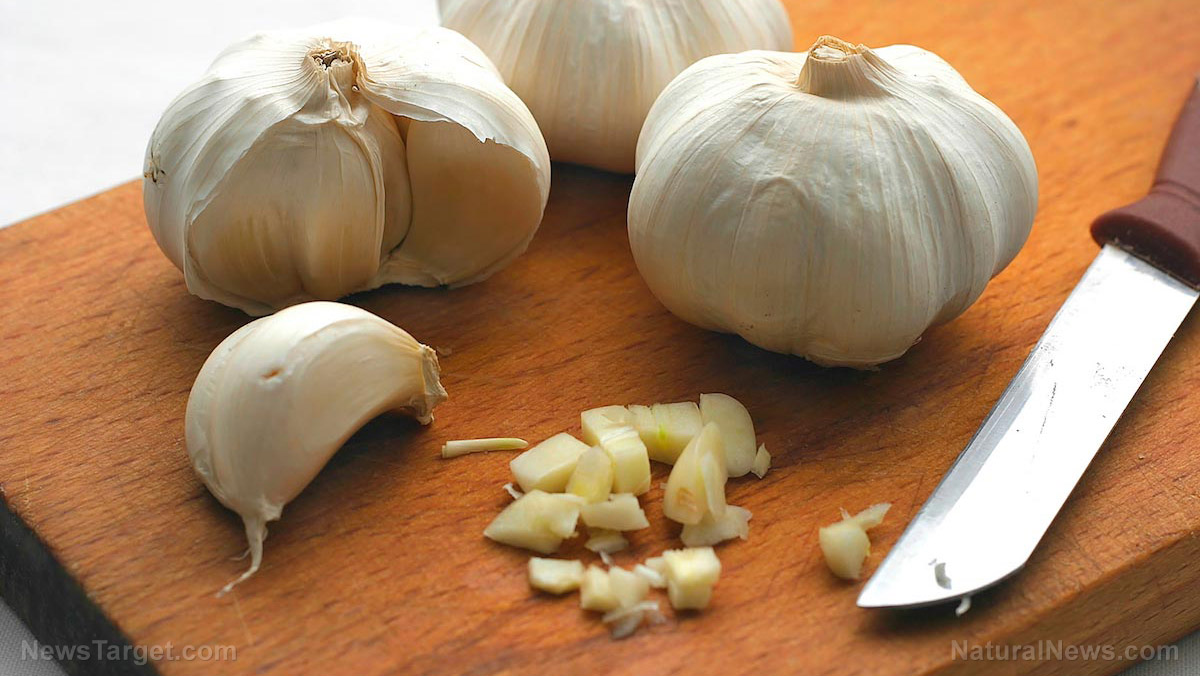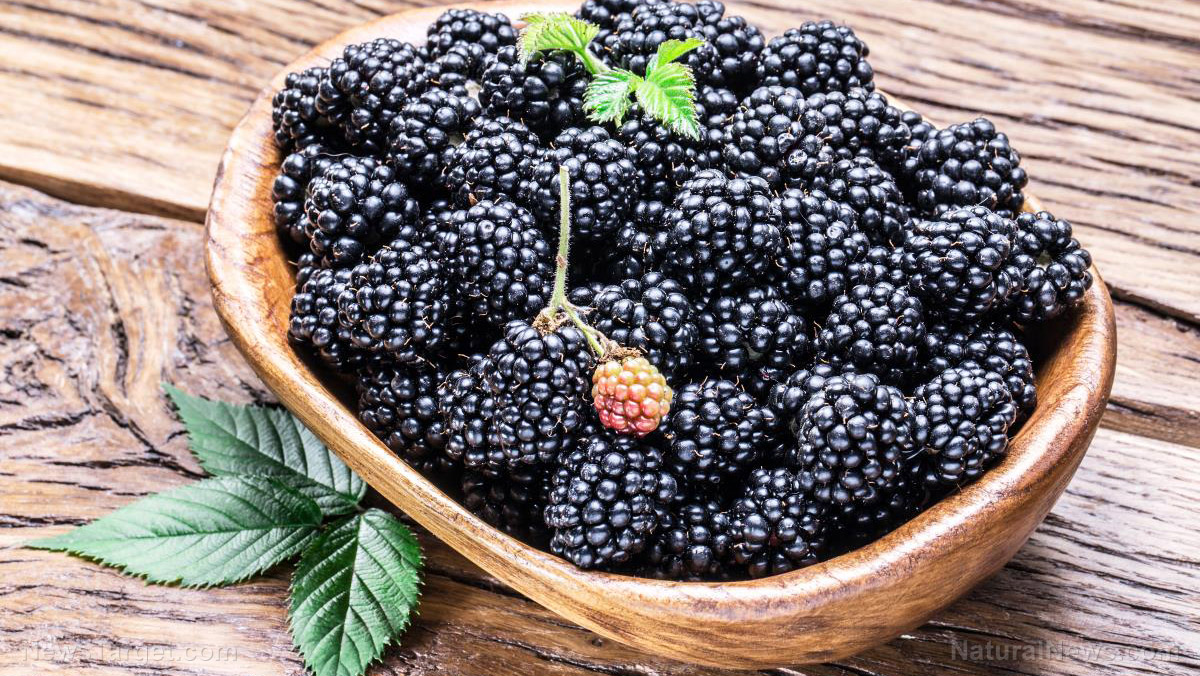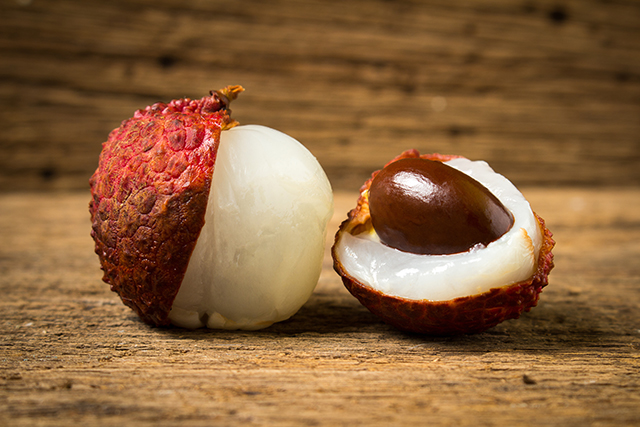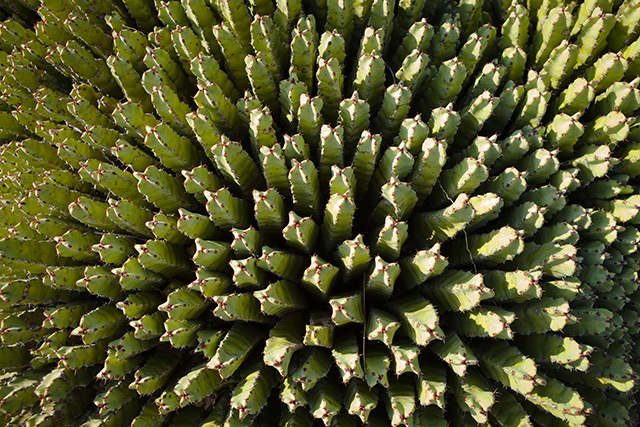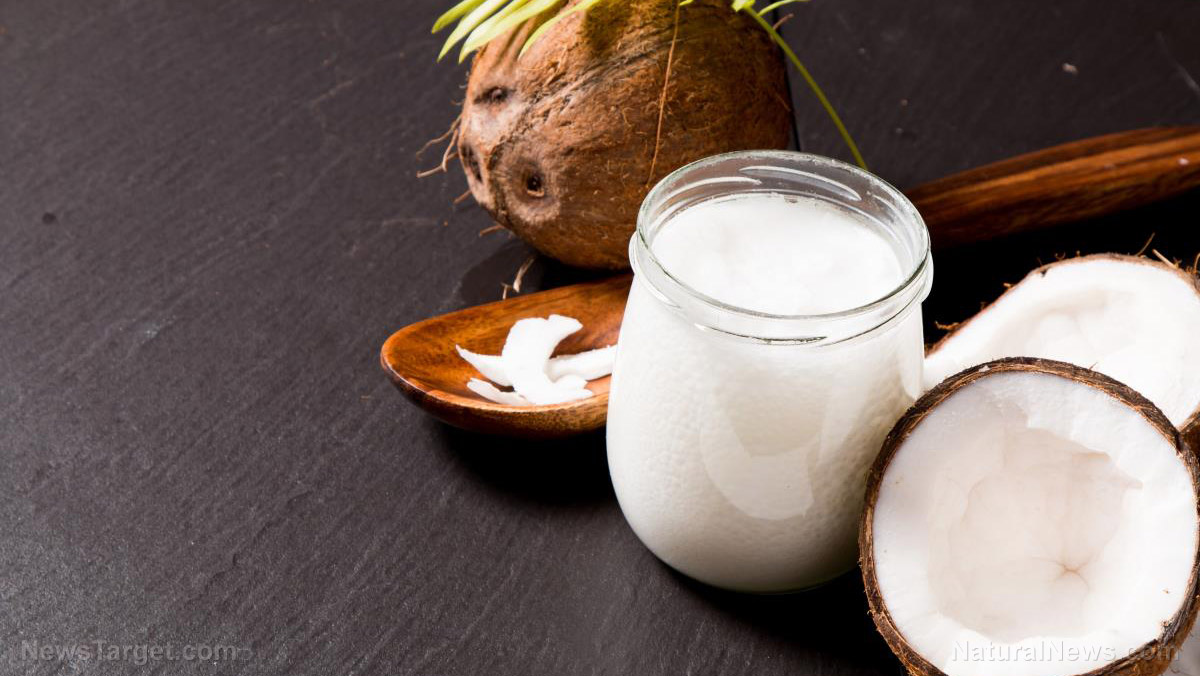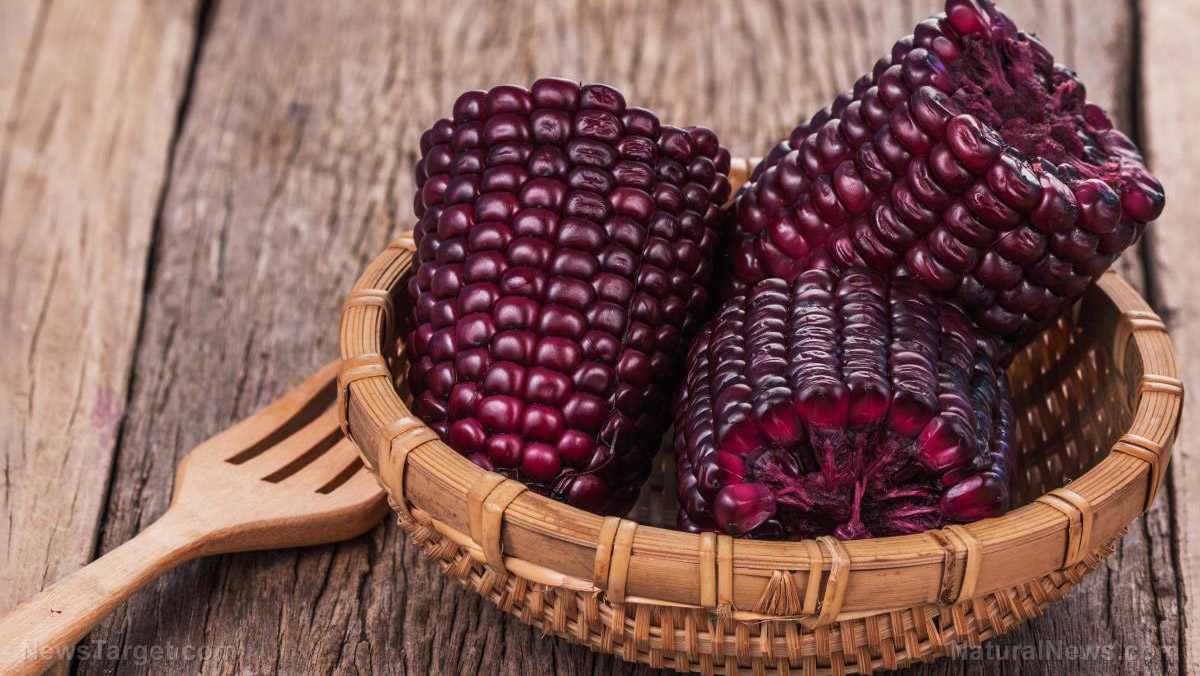Compost made from cocoa pod waste better than inorganic fertilizers at improving soil quality
11/06/2018 / By Ralph Flores
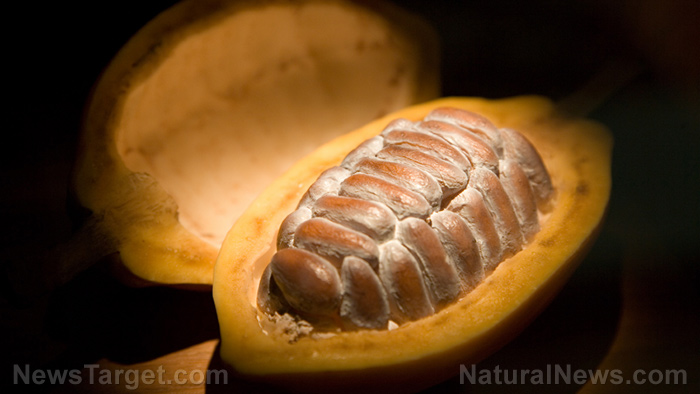
Most people know that chocolates come from the cocoa tree; however, only the seeds of the tree are used, with most industries discarding the husks that house these seeds. However, a study published in the OnLine Journal of Biological Sciences may breathe new life into these husks, thanks to rot fungi – which can be used to produce high-quality compost from the husks which can be used to replace inorganic fertilizers. The study, led by researchers from the Hasanuddin University in Indonesia, identified which species of rot fungi were able to render phosphate soluble, as well as further examine the husk compost on cocoa seeds.
Earlier studies have already explored the potential of cocoa pod husks – in particular, its potential uses outside cocoa harvest. Researchers have already found the husks to be a potential source of organic matter; however, for these to be obtained, the husks must first be decomposed. This is when researchers looked at rot fungi, which are able to break down organic materials into simple compounds, which plants then use as nutrients. White rot fungi, especially, can decompose large amounts of lignin, which is the chief component of wood, with little damage to cellulose. In this process, secondary metabolites are produced to help with phosphate absorption and make it available to plants.
For the study, the team isolated various species of rot fungi from decaying cocoa stems and purified these. These were then grown on solid Pikovskaya’s media that have been mixed in with 0.5 percent tricalcium phosphate (Ca3PO4) to serve as a phosphate source. The team also looked at how adding compost would affect cocoa seedling growth.
Phosphorus, of course, is a key component in fertilizers, as it helps regulate the plant’s protein synthesis. It’s also needed in cell division and new tissue growth, and it plays a role in complex energy transformations in the plant. In terms of morphology, phosphorus promotes root growth and speeds up the maturation process in plants.
Based on the results, researchers identified eight species of rot fungi that were isolated: Mycena sp. , Lycoperdon sp. , Auricularia sp. , Schizoshyllum sp. , Coprinus sp. , Tremetes sp. , Pleurotus sp. , and Tremella sp. While all species were able to produce soluble phosphate from substrates, Lycoperdon sp. and Pleurotus sp. were the most effective. This is because fungi are better-equipped to dissolve phosphate than bacteria. The soil’s pH level was also a factor in the effectiveness of certain fungal strains in breaking down phosphates.
The two fungal species also posted similar results to that of chemical fertilizers when measured on certain key markers such as the ratio of leaf area, plant dry weight, root canopy ratio, and net assimilation rate.
Researchers concluded that Lycoperdon sp. and Pleurotus sp. could be potential decomposing agents in making high-quality fertilizers from cocoa pod husks. “Cocoa pod husk compost produced using rot fungi were comparable with the inorganic fertilizer in promoting cocoa seedling growth,” the researchers wrote. “Thus, cocoa pod husks can be utilized as an organic fertilizer.”
Of course, the results of this study build upon the need to switch to organic fertilizers: It reduces soil acidity and increases a plant’s yield and size. And to learn more about the benefits of organic farming, head over to Harvest.news today.
Sources include:
TheSciPub.com [PDF]
Tagged Under: agriculture, cocoa, cocoa pod, cocoa pod husk, compost, Composting, inorganic fertilizer, organic farming, Organic Fertilizer, rot fungi, synthetic fertilizer


